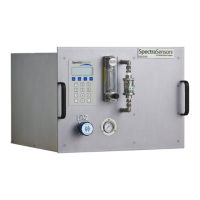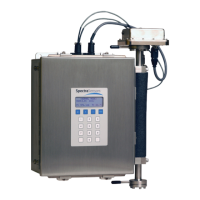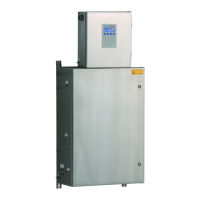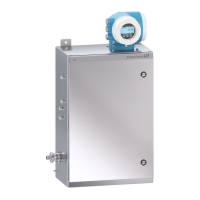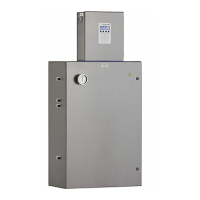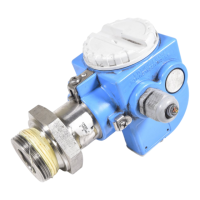General Safety Information
Safety Manual 2
–5
Potential Risks Affecting Personnel
This section addresses the appropriate actions to undertake before or during
service of the analyzer when faced with hazardous situations such as exposure
to process gases, electrocution, explosion or fire. It is not possible to list all
Table 2-1 SS2100 analyzer equipment ratings and specifications (Continued)
Application Data
Environmental Temperature
Range/Sample Cell Temperature
Range
–20 C to 50 C (–4 F to 122 F)
–10 C to 60 C (14 F to 140 F) - Optional
Environmental Relative
Humidity
5% to 95%, Non-condensing
Heated SCS Enclosure
Temperatu r e
50 C (122 F)
60C (140 F) - Optional
Altitude Up to 2,000 m
Sample Inlet Pressure 130-340 kPaG (20-50 PSIG) to panel
Sample Cell Operating Pressure
Range
800-1200 mbara (80-120 kPa)(11.5-17.4
PSIA)
950-1700 mbara (95-170 kPa)(13.8-24.6
PSIA) - Optional
Sample Flow Rate
2
0.5-4 LPM (0.02-0.1 SCFM)
Physical Specifications
Size (typical)
2
1300-1500 mm H 600-920 mm W 300-
450 mm D (50-60” H 24-36” W 12-
17” D)
Weight (typical)
2
Approximately 59 Kg (130 lbs) with Sample
System
Area Classification
Analyzer with Sample Conditioning
System (SCS)
Class I, Div.2 Grp. A, B, C, D T3 / T3C
Class I, Zone 2 IIC T3 / T3C
Type 4X, IP66
2. Application dependent.
Technicians are expected to follow all safety protocols established
by the customer that are necessary for servicing the analyzer.
This may include, but is not limited to, lockout/tagout procedures,
toxic gas monitoring protocols, PPE requirements, hot work
permits and other precautions that address safety concerns
related to performing service on process equipment located in
hazardous areas.

